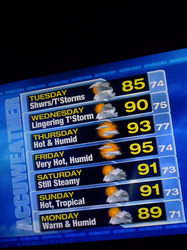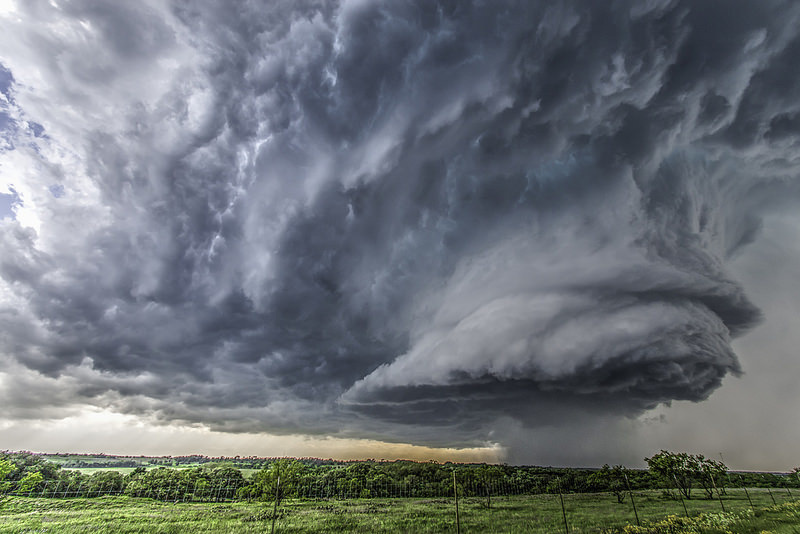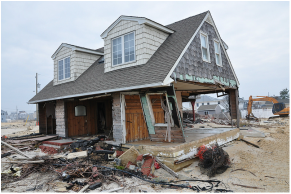WHAT'S THE BIG DEAL?
|
As we witness the occurrence of a natural disaster such as an earthquake, hurricane, or tornado, we often hear about its cause and effect from both a scientific and religious perspective. The questions that often arise are, “Did the power of God cause the disaster to happen, ” or “Was it due to the force of a natural phenomena like global warming?” These questions focus on the differences between the ways in which religion and science claim that powers and forces are at work in the natural world.
So, exactly how do some of these natural disasters occur? For many years meteorologists have studied the earth’s weather patterns and conditions that create tornadoes, hurricanes, and storms. This knowledge has helped in providing weather predictions that can warn us when severe weather is approaching. Seismologists have also studied the earth to understand the geologic forces that create conditions for earthquakes. To learn more about the scientific aspects of these weather and geologic phenomena click on the link below and explore the information about weather and natural disasters: |
|
As the website explains, there are predictable weather patterns that can determine the likelihood of a storm, tornado, or hurricane. There are also ways to measure the severity or intensity of a storm and predict the patterns of destruction that might occur. Using this information, meteorologists can initiate warning systems so that people may take shelter, thus increasing the likelihood of lives being protected and saved.
But the scientific study of natural phenomena does not tell why some lives are lost and some are saved under the exact same conditions. When a tornado strikes, there may be destruction that results in a person’s death, while another person survives the very same circumstances. When this happens, people often look to divine intervention as to the source of their safety. Let’s listen in as we hear the story of a woman and her family that survived the powerful F5 tornado that struck Joplin, Missouri in May of 2011. Click on the link below to hear her story: |
|
When divine intervention, such as God’s power, is used as an explanation for such protection, this also raises other questions. What about the active presence of God in creation? Why didn’t God save the hundreds of people who died or disappeared? Often, this leads to debates as to whether natural disasters are due to forces we can understand scientifically, or if they originate from God.
An example of this debate occurred after Hurricane Sandy struck the east coast of the United States in October 2012. Some used the scientific claim of global warming to explain the severity of the storm and some claimed divine, or Godly, punishment to explain its occurrence. This kind of disaster also raises questions about how God might be a source of unconditional love, when so many people suffer as a result of such natural disasters. Let’s listen in to author and Rabbi Brad Hirschfield as he wrestles with these questions. Click on the link below to read the article in the Washington Post: As Brad Hirshfield tells us, we should try to resist finding easy answers for how God may or may not be responsible for natural disasters and loss of life. It is also important to resist using these claims as a way to deny the scientific understanding of forces and powers in the world.
|
|
So how can a person make a statement of faith about the Holy Spirit or say they believe in the third article of the Creed and believe in the scientific understanding of how natural forces and powers work? Click on the next tab, “Listening with Two Ears,” or the button below, and we will consider how you might hear both claims of science and religion together.
|
Below are two options for using the LEADER GUIDE; the first option contains the information for this page only and the second option contains the entire LEADER GUIDE.
|


